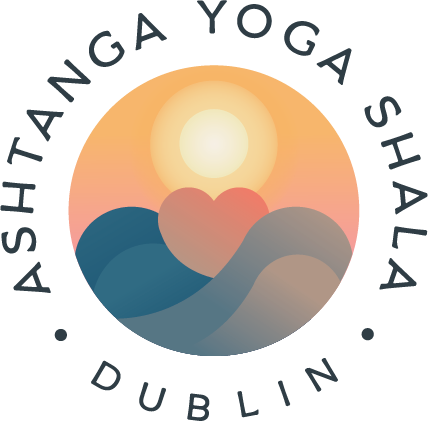The yoga is in the details
I often and continuously remind myself (and all of you!) of the definition of yoga, as given by Patanjali in his Yoga Sutras, the first text in which yoga was explained and systematised. Estimates vary of exactly when Patanjali was around but let's leave that aside for the moment and just say a few thousand years ago. He defines yoga thus:
Yogas Citta Vrtti Nirodhah
Yoga is the stopping (or the stilling) of the mind.
I've heard a few different teachers over the years saying that if we fully and truly understand this sutra, we don't need to do any yoga practice because we already understand the state of yoga.
It's worth defining our terms a little bit here. What we modern yoga practitioners call yoga would most likely be unrecognisable to Patanjali. Yoga, according to the sutra above, is a state of mind or a state of being, not a set of practices. Patanjali does give some different practices that one can do in order to experience this state that he defines as yoga, but we should recognise that the word yoga these days usually refers to the practices of yoga as opposed to that state of being. Hopefully, I'm not being overly technical here for no reason, but I do think it's important to consider how Patanjali defines yoga so that we know what our ultimate aim is when we engage in yoga practice. It's also worth noting that there are many paths to this state of yoga and countless yogic practices that have grown out of the desire of many, many generations of yogis to achieve this state.
The path that we have chosen is through ashtanga vinyasa yoga, as brought to the west by Sri K. Pattabhi Jois and his students. That being the case, what are the tools that we use in order to strive for citta vrtti nirodhah (stopping of the mind)? Those of you who are already engaged in this practice know the answer already, of course, but they are the tristhana of ashtanga yoga:
Asana (yoga postures)
Breathing (in a very particular way with sound in the back of the throat)
Drishti (concentration by focusing our gaze on one particular place)
I've listed them above in order from gross to subtle. It's also very interesting - to me at least - that the postures are the hardest to do but the easiest to concentrate on. The drishti is the easiest to do (you literally just have to look at something) but the hardest to maintain. This paradox also points us towards another revelation, though: that the more subtle elements of the practice might be its true essence.
In simpler terms, it's the smallest details of the practice - the exact positioning of the fingers when we reach overhead, the precise place in which we're looking in a particular posture, or the exact moment at which we align our inhale or exhale with our movement - which are going to allow us to get closer and closer to the state of yoga of which Patanjali speaks.
What I'm trying to say is that the details aren't just important; the details are the yoga practice! They’re what make you concentrate. They’re what bring you into the present. What your attempt at a yoga posture looks like from the outside is almost entirely irrelevant. What's important is mental stability and focus. That is the point of yoga practice in the first place!
So, if we pay attention to all of the details of our practice as we go along, we'll be given tiny glimpses into this state that called Patanjali called yoga. Those glimpses of true presence are what we're all really searching for, whether or not we even realise it.
My Instagram feed is full of people saying things like, "if you want to achieve this posture, start with this". They're all missing the point. It's all irrelevant. Yoga is in the concentration that you bring to it. The rest of it is just a circus.
Note: For those of you who are wondering why uddiyana and mula bandha aren't on the list of tristhana, it's because they're considered to be an element of the breathing system. See if you can notice this connection during your practice.
